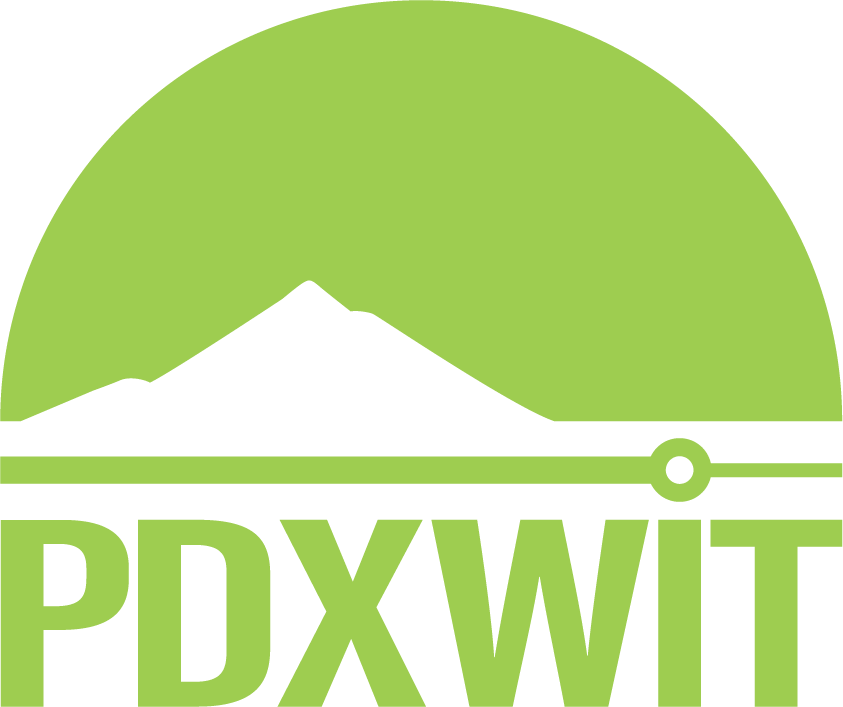How to create a culture of growth in a remote environment
This piece was first published in Portland Inno on July 25, 2023. You can find it on the Portland Business Journal webiste.
For companies that weren’t remote-first before the pandemic hit, these past three years have been an experiment in the future of work. While some remote jobs are expected to remain that way, there are leaders mandating a return to the office, citing that in-person teams are “better for productivity.” These mandates are often in direct opposition to their employees’ desires for choice and flexibility.
There are certainly downsides to remote work. Recent research by a group of economists suggests remote professionals may be missing out on the benefits of in-person workplace interactions (the so-called “power of proximity”). Remote workers can also experience isolation—leading in some cases to workplace abuse—and overwork. One danger in these framings is that they put structural failings on employees (for choosing remote work), instead of on employers. What if instead we challenged leaders to lean in to the unique opportunities for organizational change presented by remote work?
The good news is, fostering growth in remote teams doesn’t require reinventing the wheel. We can look to leadership principles as a guide.
Open communication is key to building trust
Use a wiki alongside your company’s intranet site to foster transparency around pay, budgets, and annual reviews.
Acknowledge the contributions and impacts of your team beyond your team.
Consider open meetings, utilizing open “office hours,” or drop-in virtual coworking sessions.
A culture of belonging empowers
Virtual mentorship platforms like Qooper enable employees to connect in a group setting based on shared interests, or with an individual from a different part of the organization.
Encourage employees to keep “brag sheets”, and advocate for them to attend conferences or other professional development opportunities.
Connect your employees’ day-to-day tasks to the larger objectives of the team and mission of the organization.
Accountability starts with the C-Suite
Give managers the tools and training to effectively manage remote and hybrid teams. One of our offerings through the PDXWIT Speakers Bureau is an in-depth talk on maintaining inclusivity in a remote environment. Model the desired leadership style from the top, and align HR on these values.
If abuse of power is happening in the remote environment, chances are it shows up in the in-person environment as well. This behavior should not be tolerated, and employees should have a confidential reporting avenue.
When hiring and promoting employees, particularly into leadership positions, soft skills should hold considerable weight as part of the assessment.
The challenge, should you choose to accept it, is adapting these strategies to fit the needs of your organization. Reflect on your role as a leader: How are you contributing to an environment that supports all employees, regardless of whether they are in the office? How can you effect change at your organization?
Remote work offers organizations an unprecedented level of access to a diverse range of perspectives, including people with disabilities, and those living in rural areas. For more on the link between inclusivity and innovation, you can read our recent Portland Inno column.
